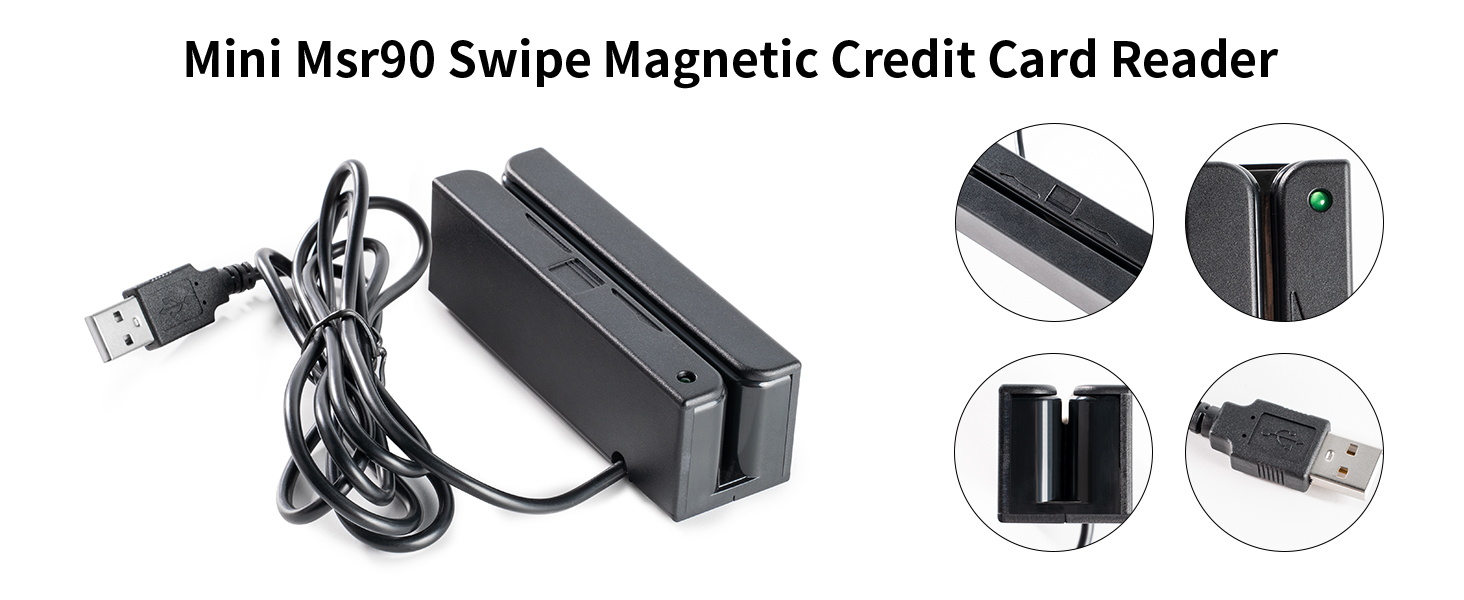
Choosing the best card reader for a small business in 2025 starts with understanding your needs. You want a device that fits your budget, works well, and keeps every payment secure. Many businesses now rely on card readers for point of sales, driver license checks, and taxes.
The market keeps growing fast, as more businesses switch to contactless payments. Look for a card reader that matches your business needs, handles your transaction volume, and connects with your current systems. Smart businesses plan for the future and pick tools that grow with them.
Key Takeaways
Pick a card reader that matches your business size. Think about how much you sell and if you want to grow. This helps you save money and work better.
Find features like tap-to-pay and mobile integration. Make sure it supports many payment types and has strong security. This keeps payments quick and safe.
Choose the right card reader type for your needs. You can pick mobile, POS terminal, or smart system. Think about where and how you sell.
Look at all costs, like upfront fees and transaction charges. Learn about pricing models to get the best deal.
Pick a vendor with good support and a strong reputation. Make sure they offer flexible contracts. This helps your payment system work well.
Best Card Reader for Small Business
Small Business Needs
When you pick a card reader for your small business, you want it to fit your daily work. You need a credit card reader that makes payments quick and safe. It should be easy for you and your customers to use. The best card reader for small business should not cost too much. It should have good features and keep your money safe. You want a credit card machine that works with your payment systems. It should help you take credit card payments without any problems.
Here are some things you should look for in a credit card reader in 2025:
Tap to Pay lets you finish sales fast and easily
Mobile integration means you can use your phone or tablet
Multi-payment support lets you take many card types and ways to pay
A user-friendly interface helps your team learn it quickly
High uptime and strong performance mean you never miss a sale
Durable hardware can handle being used every day
EMV and PCI compliance keep chip card payments safe
NFC lets you make contactless payments
Long battery life helps you on busy days
You can give both paper and digital receipts
Customizable features let you match the reader to your needs
Warranty coverage gives you peace of mind
Tip: Pick a credit card machine that fits your business size and how much you want to grow. If you think you will get more sales, choose a device that can handle more payments and has lower fees.
The Helcim Card Reader is a good choice for businesses with lots of sales. It uses an interchange-plus pricing model, so your fees get lower as you sell more. Helcim works with all new payment types, like chip, contactless, and magstripe. You also get business tools and analytics to help you grow your business.
Use Cases
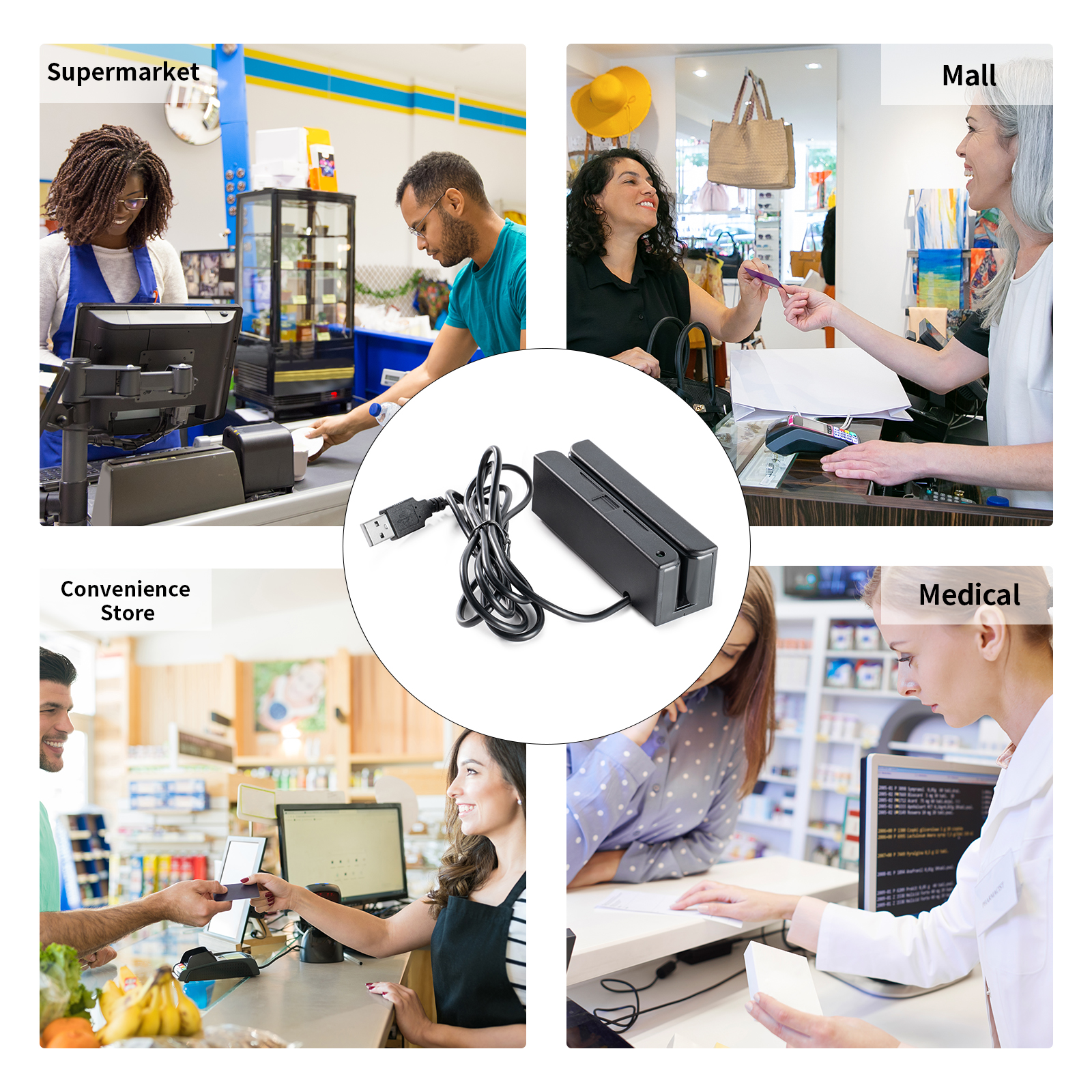
You use a credit card reader for many jobs in your business. The most common job is at the point of sale. This is when you take credit card payments from customers at checkout. Most point-of-sale systems now have payment processing built in. This lets you use credit and debit cards easily.
Here are some ways small businesses use a credit card machine:
Point of sale transactions in your store or shop
Mobile payments when you sell at markets or events
Taking payments for services while you are out
Managing inventory and tracking sales with smart tools
Giving digital receipts and loyalty programs to your customers
Your business type and how many sales you make help you choose the right card reader. If you run a mobile business, you need a card machine you can carry anywhere. If you have a busy store, you want a strong countertop device that can take lots of payments each day. Some businesses need smart card readers with inventory and sales tracking. Others may need virtual terminals to take payments by phone or online.
Note: Always check if your card reader needs the internet or if it works offline. Good customer support and strong data security are also important for your peace of mind.
When you choose a card reader that fits your business, you get payment solutions that help you grow. The best card reader for a small business will help you save money, keep payments safe, and make every sale easy for you and your customers.
Credit Card Reader Types
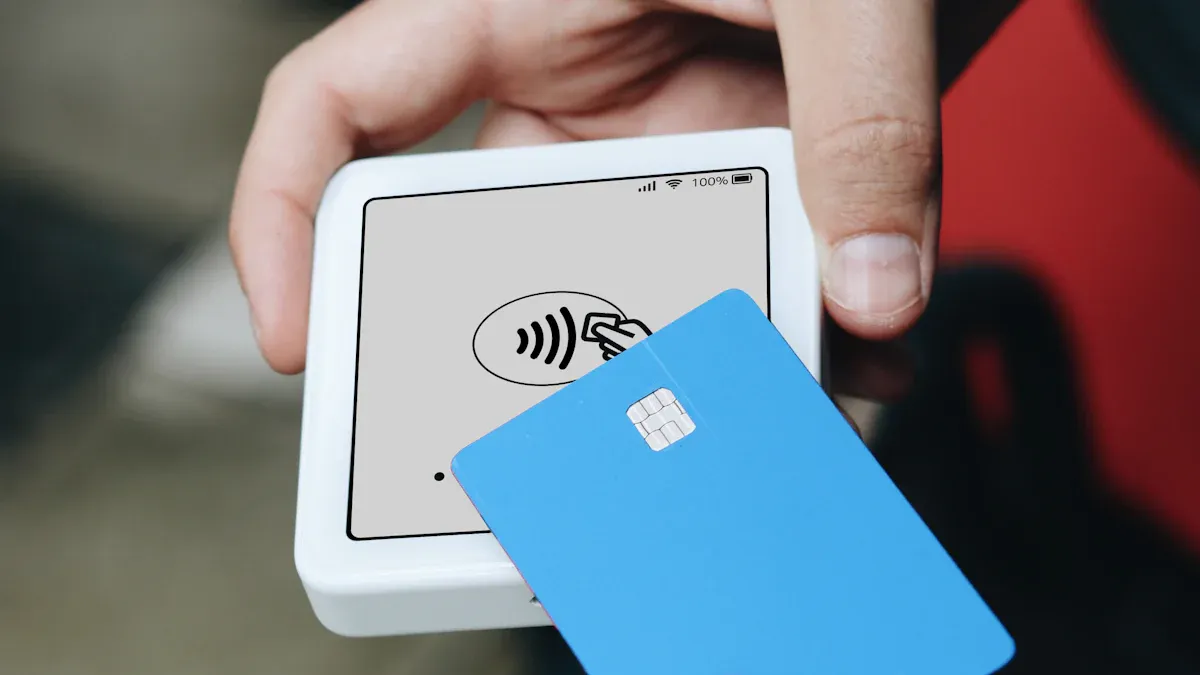
When you want to pick a credit card reader, you will see three main kinds. These are mobile readers, POS terminals, and smart systems. Each one has special things it can do. Let’s look at what makes each type different and how they can help your business.
Mobile Card Readers
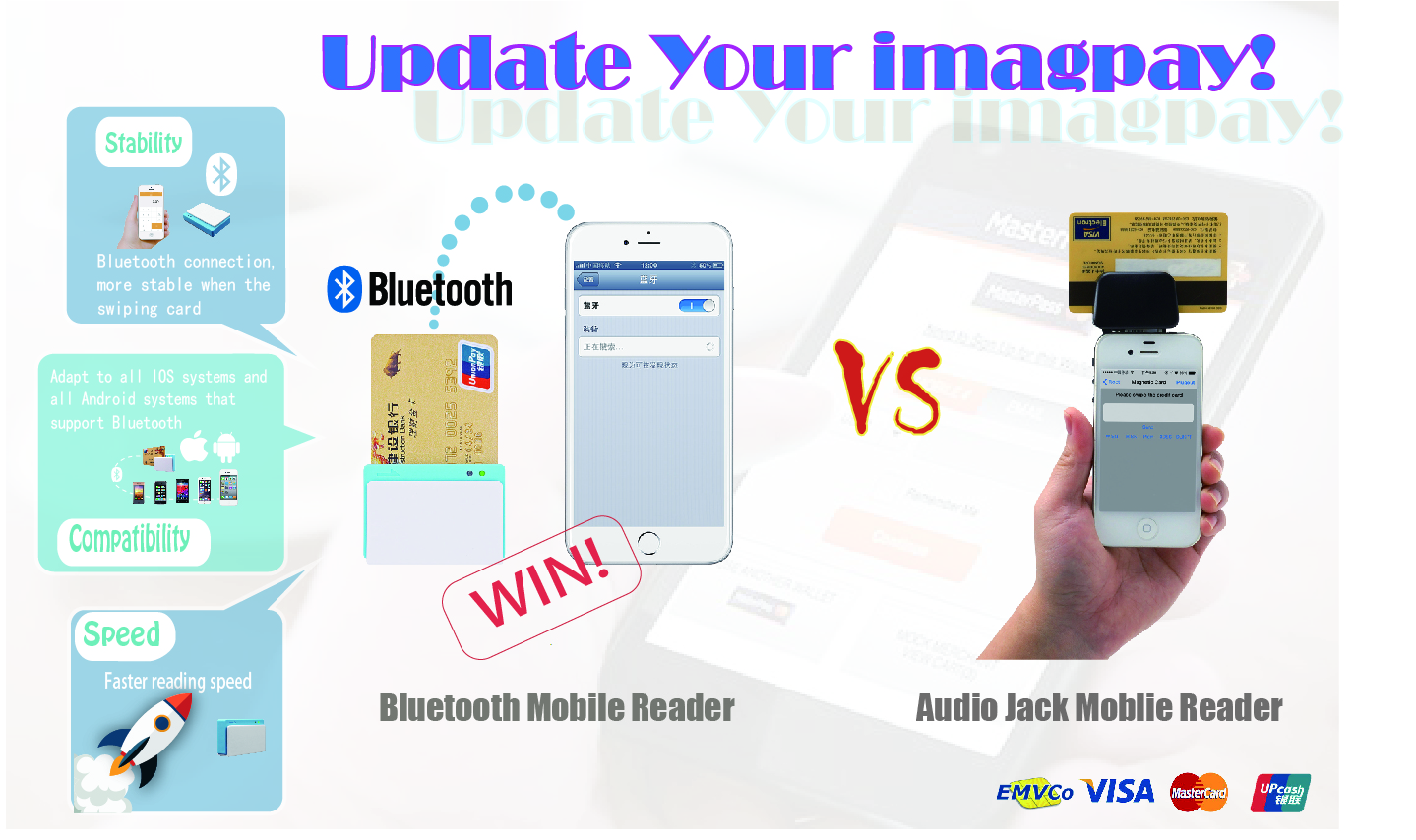
Mobile card readers let you take payments almost anywhere. You connect the reader to your phone or tablet with Bluetooth. This is good if you sell at markets or move around a lot. Mobile readers let you take contactless payments and chip cards. You can also use Apple Pay and Google Pay. Most Apple and Android devices work with these readers, so you do not have to worry about which phone you have.
Here is what you get with a mobile card reader:
You can carry it anywhere you go
It is easy to set up with your phone
You can take many kinds of payments
You do not need a checkout counter
Advantages | Disadvantages |
|---|---|
Take payments anywhere | No built-in receipt printer |
Modern, sleek checkout experience | Needs a phone or tablet |
Lower upfront cost | May have less support |
Tip: If you want a card reader that is easy to move, a mobile card reader is a good pick for small business.
POS Terminals
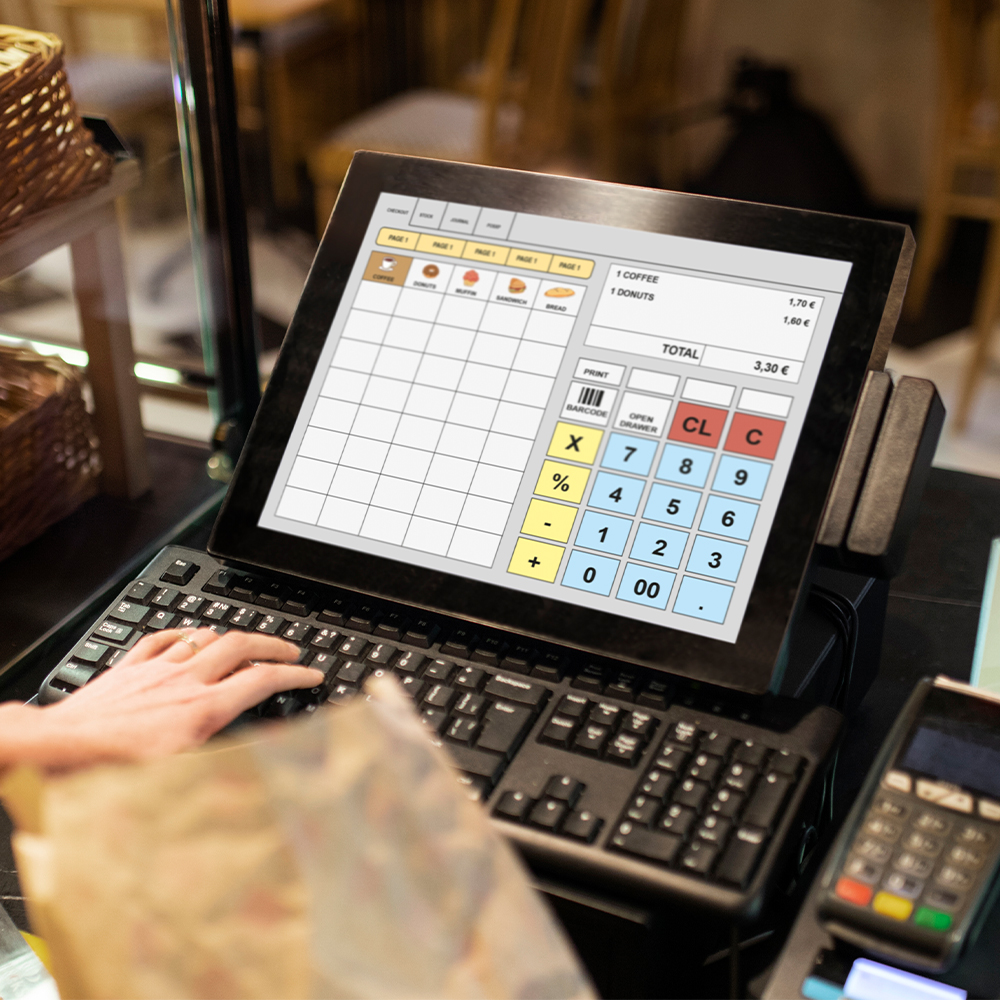
A POS terminal is a card reader that stays on your counter. It is the main place where you take payments. It can print receipts, hold cash, and scan barcodes. You get a touchscreen to make checkout fast. Every payment is safe and secure. POS terminals are great for busy stores that need a strong card reader all day.
Main things about a POS terminal:
It does payments, prints receipts, and tracks inventory
The touchscreen makes it simple to use
It takes chip, tap, and swipe payments safely
It works with your business software for reports
Note: POS terminals cost more than mobile readers, but they have more features and are best for busy shops.
Smart Systems
Smart systems mix the best parts of mobile readers and POS terminals. These card readers can be held in your hand or sit on a counter. You can use them with or without a phone. Smart systems let you take chip, swipe, tap, and wallet payments. They help you track inventory, manage workers, and run loyalty programs. Some smart systems use AI to help with planning and sales.
Why pick a smart system?
It takes all payment types, even digital wallets
It gives you tools for sales and inventory
It works with Wi-Fi, Bluetooth, or 4G
It can grow with your business
Smart systems help you handle payments and business jobs in one place. You get a pro look and cool features without needing to learn a lot.
Payment Features
Security
You want your credit card reader to keep payments safe. Security is very important for small businesses in 2025. Your credit card machine should let you take chip, contactless, and mobile wallet payments. These use EMV chips and NFC to help protect your customers’ data. Most new credit card readers use strong encryption and tokenization. This means your payment system mixes up private information so no one can steal it. Machine learning fraud detection helps spot fake transactions right away. These systems catch fraud quickly and lower false alarms, so you can trust your payment solutions.
You must follow PCI DSS rules to keep your business safe. This means your credit card processing must protect cardholder data at every step. Never keep full card numbers or CVV codes after a sale. Make sure your credit card machine and payment systems get updates and scans for threats. Strong passwords and safe networks help keep your payment processing safe.
Integration
A good credit card reader should work with your other business tools. Integration with accounting and inventory systems saves you time and helps stop mistakes. For example, some credit card machines connect right to QuickBooks or other accounting software. This makes payment processing easy and keeps your records up to date. You can also link your payment system to inventory tools. This way, every sale updates your stock right away.
When you use your credit card reader with a printer, you make checkout faster and customers happier. You get instant receipts and better tracking. Some payment solutions even connect with loyalty apps and payroll systems. This helps you run your business with less work and more accuracy.
Customer Experience
Your customers want fast, easy, and safe ways to pay. A modern credit card reader gives them many ways to pay, like tap-to-pay, chip cards, and mobile wallets. This makes shopping simple and fun. If your credit card machine works fast and does not break, customers will trust your business.
You can also use your payment system to give digital receipts and loyalty rewards. Personalization is a big trend in 2025. Many small businesses use data from their payment solutions to make special offers and improve service. When you give customers choices and keep payments smooth, you build loyalty and boost sales.
Tip: Always teach your staff how to use the credit card reader well. Good training means fewer mistakes and happier customers.
Costs
When you look for a credit card reader for your small business, you want to know how much it will cost. You need to think about upfront fees, transaction charges, and the way companies set their prices. This helps you pick the best option for your cost and budget.
Upfront Fees
You will see different prices for each type of credit card reader. Some readers cost more because they have extra features. Others are simple and cost less. Here is a quick look at what you might pay in 2025:
Cost Aspect | Price Range (£) | Notes |
|---|---|---|
Outright Purchase | Depends on model and features | |
Basic Mobile Readers | Around 20 | Entry-level hardware |
Advanced Countertop | 300+ | Higher-end hardware |
Rental Monthly Fees | 15 – 29 + VAT | Alternative to purchase, flexible terms |
If you want a basic mobile credit card reader, you can start with a low price. If you need a strong countertop device, you will pay more. Some companies let you rent a reader, so you do not have to buy it right away.
Transaction Charges
Every time you take a payment, you pay a small fee. This is called a transaction charge. The fee can be a flat rate or a percent of each sale. Some credit card processing companies charge more for certain types of cards. You should check if your credit card reader has extra fees for refunds or chargebacks. These small costs add up, so always look at the total when you choose your payment system.
Tip: If you process a lot of payments, look for a credit card reader with lower transaction charges. This helps you save money as your business grows.
Pricing Models
You will find different ways companies charge for credit card readers and payment services. Here are the most common pricing models:
Flat-rate pricing: You pay the same fee for every payment. This is simple and easy to understand.
Tiered pricing: The company puts your payments into groups. Each group has a different fee. Sometimes, this can cost more if your payments fall into a higher group.
Interchange-plus pricing: You pay the real cost set by the card networks, plus a small markup. This model gives you more transparency and can save you money if you have lots of sales.
You also want to think about contract terms. Many mobile credit card readers let you start or stop service anytime. You can add or remove devices as your business changes. Traditional POS systems may ask you to sign a long contract, which can be hard to change later. Mobile readers often have no long-term contracts and lower setup fees. This makes it easy to adjust your payment setup as your needs change.
Note: Always read the contract before you sign up for a credit card reader. Flexible terms help you avoid surprises and keep your payment system working for you.
Future-Proofing
Contactless Payment
You want your business to keep up with the latest trends. Contactless payment is now everywhere. Customers love to tap their cards or phones and go. You see more people using cashless payments every day. This trend will only grow in 2025. If your card reader supports contactless payment, you give your customers more payment options. You also make checkout faster and safer. Many people now use mobile payments like Apple Pay or Google Pay. These payment systems help you serve tech-savvy shoppers who expect quick service.
Tip: Offer cashless payments to attract more customers and keep your business modern.
Updates
Your payment system needs to stay current. Technology changes fast. You want a card reader that gets regular software updates. These updates fix bugs and add new features. They also keep your payment system secure. Good vendors send updates automatically. You do not have to worry about missing out on the latest payment features. When you get updates, your payment systems can handle new types of cards and payment methods. This helps you avoid problems and keeps your business running smoothly.
What Updates Do | Why They Matter |
|---|---|
Add features | Stay ahead of trends |
Fix bugs | Reduce payment errors |
Boost security | Protect your business |
Scalability
Your business may grow. You might open new locations or hire more staff. You need a payment system that grows with you. Look for payment solutions that let you add more devices or users easily. Some payment systems work for both small shops and big stores. You can start small and add more as you need. This way, you never pay for more than you use. You also keep your payment process simple as your business changes.
Note: Choose a payment system that can scale up or down. This gives you flexibility and saves money as your needs change.
Vendor Comparison
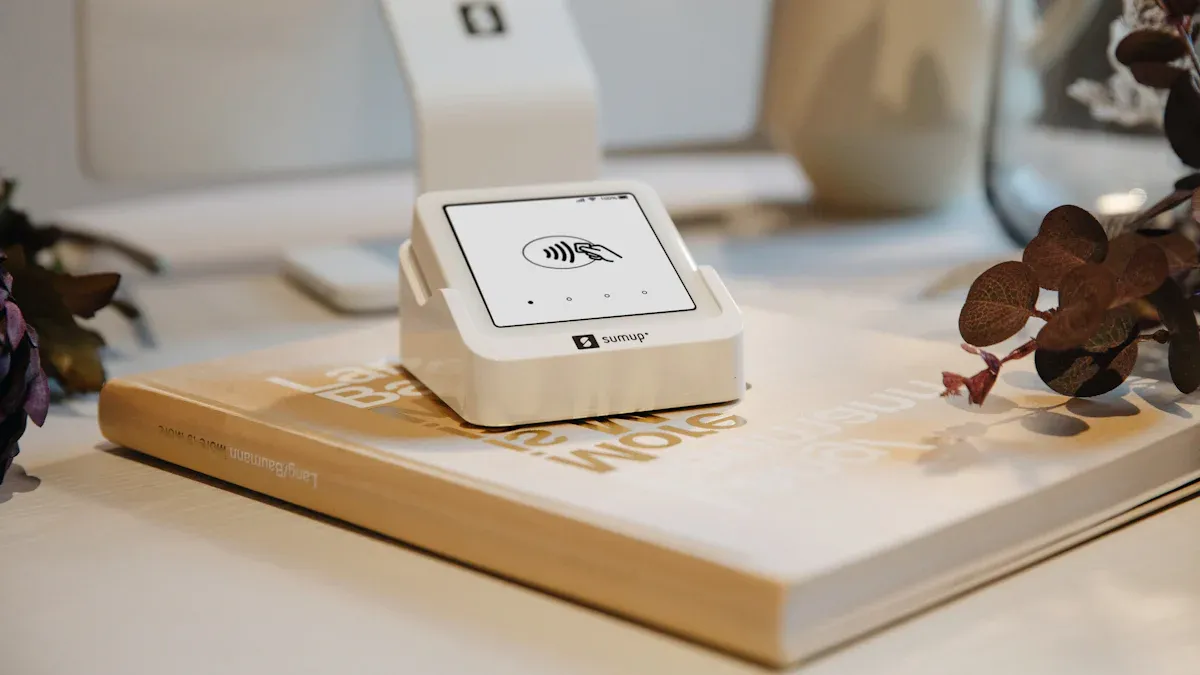
Picking the right card reader vendor is important for your business. You want to trust that your payment system will always work. Here are some things to think about when you look at vendors.
Reliability
Reliability is very important. Your card reader should work all the time. If it stops working, you might lose sales. Customers may get upset if they cannot pay. Ask vendors how often their systems work without problems. Some businesses check if vendors have backup plans for issues. You can read reviews to see if the card reader works well during busy times.
Tip: Always ask vendors what they do if there is a problem. Good vendors will explain how they fix outages or technical issues.
Support
Good support helps you fix problems fast. You want a vendor who answers your questions quickly. Some vendors help you all day and night. Others only help during business hours. Check if you can get help by phone, chat, or email. Many businesses like vendors with help centers or online guides. Good support means you can spend more time helping your customers.
Here’s a table to help you compare support choices:
Support Type | What to Look For |
|---|---|
Phone | Fast response times |
Chat | Easy to use, quick help |
Clear answers | |
Online Guides | Step-by-step solutions |
Reputation
Reputation shows if other businesses trust the vendor. Read reviews and ratings online. Look for feedback from businesses like yours. You can ask for references or case studies. Vendors with good reputations have happy customers and fair service agreements. Always read the service agreement before you sign up. This helps you know what to expect and keeps your business safe.
Note: Businesses that read reviews and service agreements first have fewer surprises later.
Choosing the best card reader starts with knowing your needs. Look at features, costs, and security to see what matches your needs best. Make a shortlist, compare your top picks, and test them out. Always think about your future needs and check if the vendor offers good support. If you follow these steps, you will find a card reader that helps your business grow.
FAQ
What is the easiest card reader to set up for my small business?
You can set up most mobile card readers in minutes. Just connect the reader to your phone or tablet with Bluetooth. Download the app, follow the steps, and you’re ready to take payments.
Can I use one card reader for both in-store and mobile sales?
Yes! Many card readers work for both. You can use them at your counter or take them with you to events. Just make sure your reader supports mobile and countertop use.
How do I keep my customers’ payment data safe?
Pick a card reader with EMV and PCI compliance. These features protect every transaction. Update your device often. Use strong passwords. Teach your staff about safe payment practices.
Do I need the internet to use a card reader?
Most card readers need Wi-Fi or mobile data to process payments. Some models let you take payments offline and sync later. Check your device’s features before you buy.
What payment types should my card reader accept in 2025?
Your card reader should accept credit card payments, contactless cards, and mobile wallets like Apple Pay or Google Pay. This gives your customers more ways to pay and keeps your business up to date.

